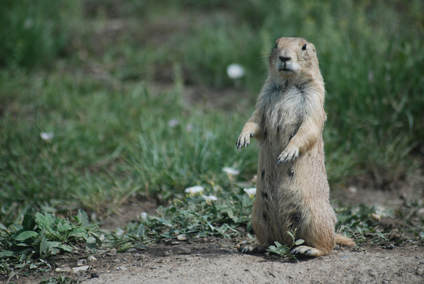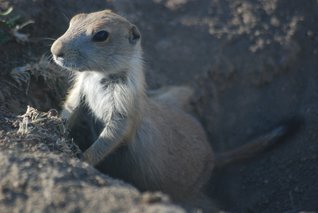|
Vertical Divider
|
|
Ecological genomics is becoming increasingly practical, but can still be difficult without the aid of annotated reference genomes.
For this reason, we are working to sequence the first prairie dog genome.
For this reason, we are working to sequence the first prairie dog genome.
Vertical Divider

After the genome has been sequenced, I will use it to locate genes that confer resistance to plague in prairie dogs that survive the disease. In the future, the genome will also be useful for other scientists studying prairie dog communication and behavior, local adaptation, and a myriad of other questions in prairie dogs and related rodents.


